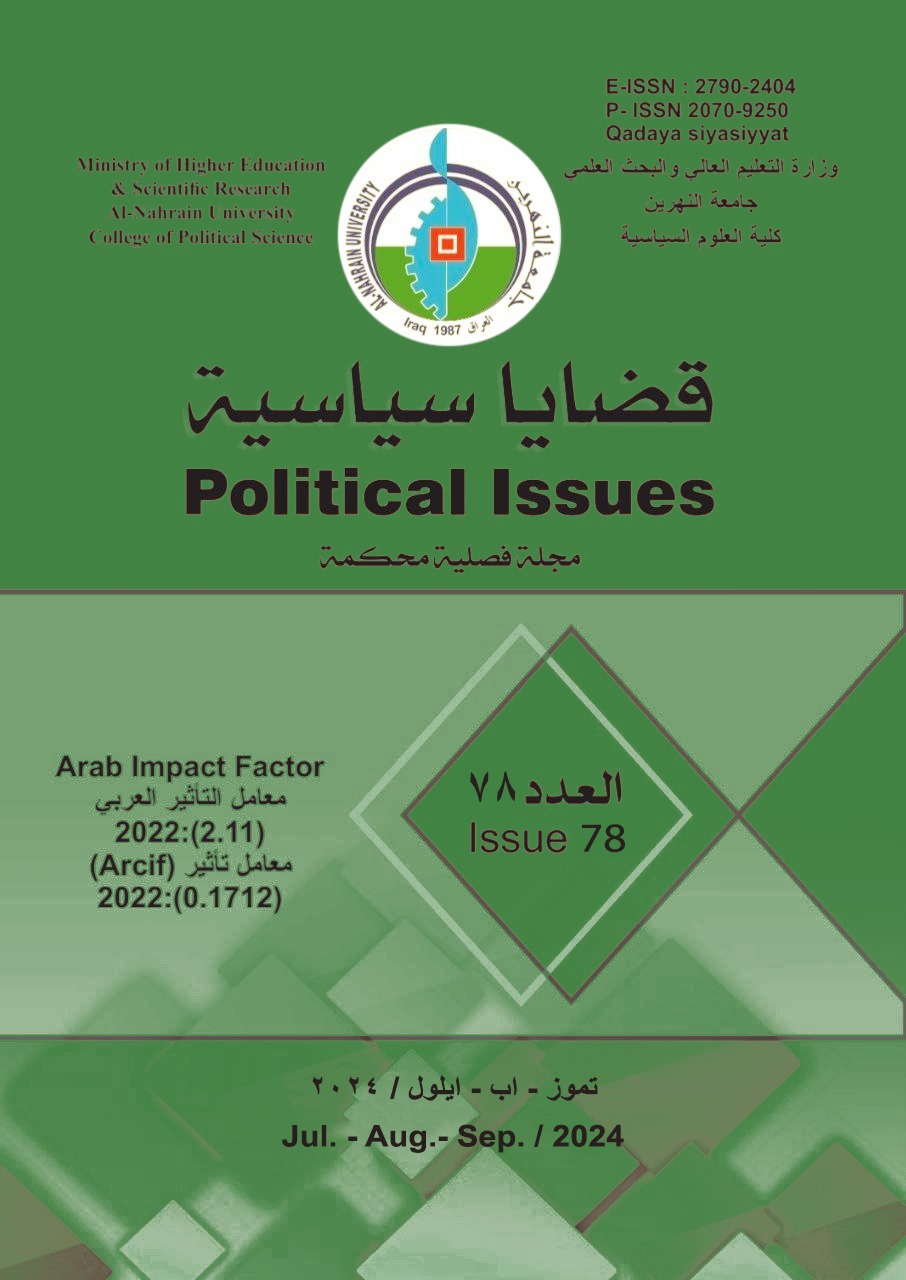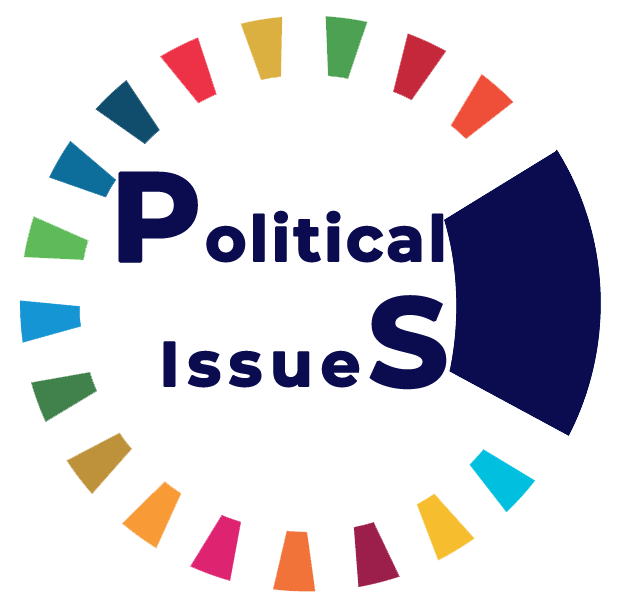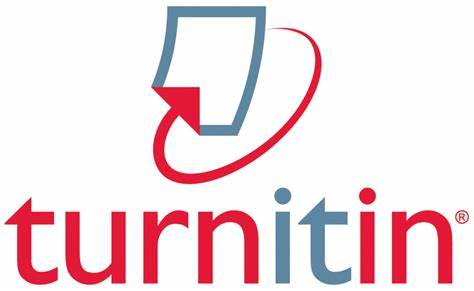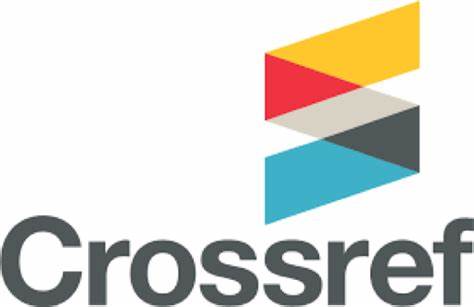The IMF and China’s Policies Towards Developing countries: Changing Lending Dynamics in the International Arena
DOI:
https://doi.org/10.58298/782024613Keywords:
China, Sri Lanka, Indebtedness, Developing countriesAbstract
References
• Action Aid International, The Care Contradiction: The IMF, Gender and Austerity, 2022, url: https://actionaid.org/sites/default/files/publications/The%20Care%20Contradiction%20-%20The%20IMF%20Gender%20and%20Austerity.pdf
• Ammar A. Malik et al., Banking on the Belt and Road: Insights from a new global dataset of 13,427 Chinese development projects, AIDData, 29 September 2021, URL:https://docs.aiddata.org/ad4/pdfs/Banking_on_the_Belt_and_Road_Executive_Summary.pdf
• Andreas Kern, Bernhard Reinsberg & Patrick E. Shea . Why cronies don’t cry? IMF programs, Chinese lending, and leader survival. Public Choice (2023). https://doi.org/10.1007/s11127-023-01114-4
• Andrés Aguilera & Juan Manuel Gil. International Institutions: For better or worst. Revista Reflexión Política. Vol. 19. 2017,pp: 6-15. 10.29375/01240781.2747. P.3.https://www.redalyc.org/journal/110/11052397002/html/
• Anna Gelpern, “How China Lends A Rare Look into 100 Debt Contracts with Foreign Governments”, AIDDATA, https://docs.aiddata.org/ad4/pdfs/How_China_Lends__A_Rare_Look_into_100_Debt_Contracts_with_Foreign_Governments.pdf
• Axel Dreher et al. “Aid, China, and Growth: Evidence from a New Global Development Finance Dataset.” American Economic Journal, Economic Policy, vol.13, no. 2 ,2021.
• Ben Cormier,” Chinese or western finance? Transparency, official credit flows, and the international political economy of development. Rev Int Organ 18, 297–328 (2023). https://doi.org/10.1007/s11558-022-09469-x
• Bessma Momani, “The IMF and the Arab World: Beyond the Washington Consensus” Arab Center Washington DC, 2023, url: https://arabcenterdc.org/resource/the-imf-and-the-arab-world-beyond-the-washington-consensus/
• Biglaiser, G., McGauvran, R.J. " The effects of IMF loan conditions on poverty in the developing world". Journal of International Relations and Development , 2022. https://doi.org/10.1057/s41268-022-00263-1
• Brahma Chellaney, “China Debt Trap Diplomacy”, Project syndicate, January 23, 2017
• Carlos Lopes "Economic Growth and Inequality: The New Post‐Washington Consensus", United Nations Institute for Training and Research (UNITAR), 2011 URL : https://archive.uneca.org/sites/default/files/LopesWritings/post_washington_consensus_rccs_version.pdf
• Chuku Chuku et al., Are We Heading for Another Debt Crisis in Low-Income Countries? Debt Vulnerabilities: Today vs the pre-HIPC Era, Volume 2023, Issue 79, April 2023, IMF working Paper, url: https://www.elibrary.imf.org/view/journals/001/2023/079/article-A001-en.xml#A001fig12
• David Mihalyi, Aisha Adam and Jyhjong Hwang , Resource-Backed Loans: Pitfalls and Potential , Natural Resource Governance Institute,https://resourcegovernance.org/sites/default/files/documents/resource-backed-loans-executive-summary.pdf
• David Uren, “China’s Belt and Road Initiative and quasi-IMF lending”, Australian Strategic Policy Institute, 19 October 2023, URL: https://www.aspistrategist.org.au/chinas-belt-and-road-initiative-and-quasi-imf-lending/#:~:text=The%20World%20Bank%20notes%20that,offered%20exclusively%20to%20BRI%20borrowers.
• Deborah Brautigam, A critical look at Chinese ‘debt-trap diplomacy’: the rise of a meme. Area Development and Policy. Vol.5 No.1, 2019.
• Doris A. Oberdabernig, Revisiting the Effects of IMF Programs on Poverty and Inequality. World Development, 2013, 46. pp. 113-142. ISSN 0305-750X
• Erlend Krogstad, The Post-Washington Consensus: Brand New Agenda or Old Wine in a New Bottle? Challenge, Vol.50, No.2, 2007 , pp: 67–85. http://www.jstor.org/stable/40722440
• Gorkem Altinors ,The Role of International Monetary Fund as an Apparatus of Hegemonic World Order: A Neo-Gramscian Approach to the Neoliberal Transformation of Turkey. Bilecik Şeyh Edebali University Journal of Social Sciences Institute, 2011, url: https://dergipark.org.tr/tr/download/article-file/367124
• Hongying Wang , “A DEEPER LOOK AT CHINA’S “GOING OUT” POLICY”, CIGI commentary, March 2016, url: https://www.cigionline.org/static/documents/hongying_wang_mar2016_web.pdf
• Horn et al., China as an International Lender of Last Resort. Working Paper 124, March 2023
• Ishac Diwan and Shang-Jin Wei, “China’s Developing Countries Debt Problem: Options for Win-Win Solutions, Policy Note No.3, Finance for Development Lab, 2022, https://findevlab.org/wp-content/uploads/2022/12/FDL_China-as-a-lender_Dec22.pdf.
• James Sundquist, Bailouts From Beijing How China Functions as an Alternative to the IMF )2021), GCI WORKING PAPER 015, Global Development Policy Center, Url: https://www.bu.edu/gdp/files/2021/03/GCI_WP_015_Sundquist_Mar.pdf
• James Sundquist, Bailouts From Beijing How China Functions as an Alternative to the IMF, GCI WORKING PAPER 015, Global Development Policy Center, 2021, Url: https://www.bu.edu/gdp/files/2021/03/GCI_WP_015_Sundquist_Mar.pdf
• Jonathan Hillman,” Game of Loans How China Bought Hambantota “, CSIS Briefs, MARCH 2018 ,
• Joost Teunissen and Age Akkerman(eds),”The Crisis That Was Not Prevented: Lessons for Argentina, the IMF, and Globalization” Forum on Debt and Development (FONDAD), 2003, http://www.fondad.org/product_books/pdf_download/9/Fondad-Argentina-BookComplete.pdf
• Keith Bradsher, China Is Lending Billions to Countries in Financial Trouble, The New York Times, November 9 2023, URL:https://www.nytimes.com/2023/11/06/business/china-bri-aiddata.html
• Matt Ferchen, “China, Venezuela, and the Illusion of Debt-Trap Diplomacy”, Carnegie Endowement For International Peace, 16 August 2018, URL:https://carnegieendowment.org/2018/08/16/china-venezuela-and-illusion-of-debt-trap-diplomacy-pub-77089
• Niels Gilberta and Brigitte Unger. "Do loans harm? The Effect of IMF Programs on Inequality," Working Papers 09-26, Utrecht School of Economics.2009.
• Osama Diab and Salma Ihab,” Background Paper: Social Protection and Gender in the IMF Egypt Programme”, Alternative Policy solutions, AUC, 21 April 2021.url
• Oyintarelado Moses, Cecilia Springer, and Kevin Gallagher “Demystifying Chinese Overseas Lending and Development Finance Why China Became the World’s Largest Official Bilateral Lender GCI POLICY BRIEF 018 , 04/2023 https://www.bu.edu/gdp/files/2023/04/GCI_PB_018_Chinas_OLDF_FIN.pdf.
• Sander Tordoir , Tobias Krahnke “Has the IMF’s Lending Become Too Expensive for Its Own Good? The Case for a Lending Rate Cap.” n.d. Centre for European Reform. 29 September 2023. https://www.cer.eu/publications/archive/policy-brief/2023/imf-lending-too-expensive.https://www.cer.eu/publications/archive/policy-brief/2023/imf-lending-too-expensive
• Scott Morris, Brad Parks, and Alysha Gardner , “Chinese and World Bank Lending Terms: A Systematic Comparison Across 157 Countries and 15 Years “,CGD Policy Paper 170 April 2020 https://www.cgdev.org/sites/default/files/chinese-and-world-bank-lending-terms-systematic-comparison.pdf
• Sebastian Horn el al. , (March 2023), “China As An International Lender of Last Resort “,KIEL Working Paper, https://www.ifw-kiel.de/fileadmin/Dateiverwaltung/IfW Publications/ifw/Kiel_Working_Paper/2023/KWP_2244_China_as_an_International_Lender_of_Last_Resort/KWP_2244.pdf
• Sebastian Horn, et al. (July 2019). “China’s Overseas Lending.” National Bureau of Economic Research Working Paper 26050 http://www.nber. org/papers/w26050
• Sundhya Pahuja, Post-Colonial Approaches to the Conditionality of the International Monetary Fund. Hague Yearbook of International Law, Vol 13, 2000, Available at SSRN: https://ssrn.com/abstract=3100630
• Syed Ahmed, Abdulhamid Sukar, Reforms in International Monetary Fund (IMF): Challenges and the Road Ahead, Management and Economics Research Journal, Vol. 4, S1, P.19, 2018
Additional Files
Published
Issue
Section
License
Copyright (c) 2024 ميار يحيى منصور

This work is licensed under a Creative Commons Attribution 4.0 International License.
This is an Open Access article distributed under the terms of the creative commons attribution (CC BY) 4.0 international license which permits unrestricted use, distribution, and reproduction in any medium or format, and to alter, transform, or build upon the material, including for commercial use, providing the original author is credited.






